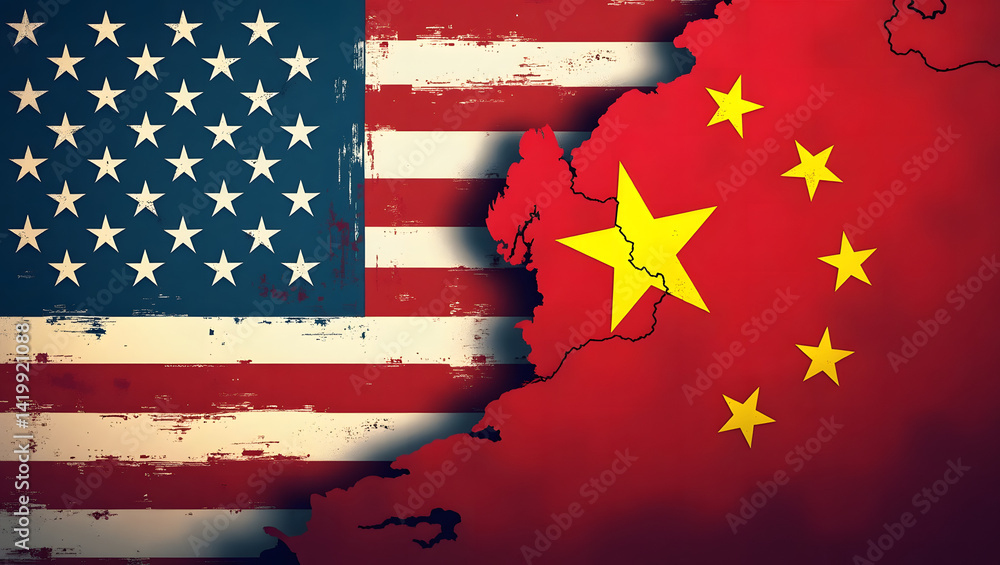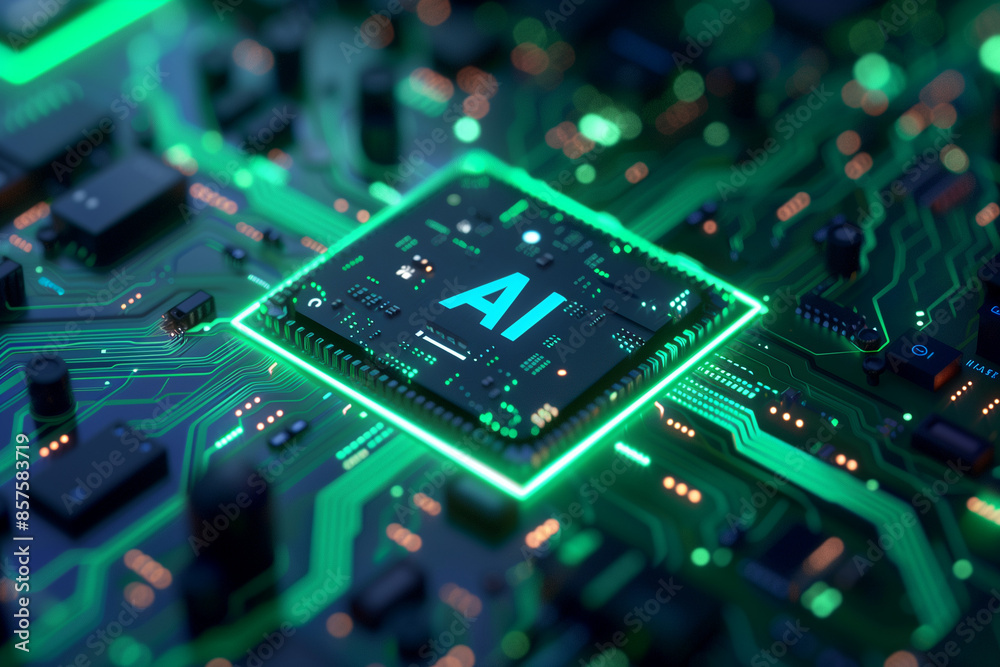When you picture the front lines of the global tech race, you probably imagine gleaming labs in Silicon Valley or sprawling tech campuses in Shenzhen. You think of brilliant PhDs, quantum computers, and sophisticated algorithms. What you likely don’t picture is a humble village in rural China, where hundreds of young people sit in rows, meticulously outlining cars, pedestrians, and street signs on a computer screen for hours on end. Yet, this is the hidden heart of the US-China AI War, an engine of human labor powering the race for artificial intelligence dominance.
The global competition for AI supremacy is not just fought with code and silicon; it’s fueled by unimaginable amounts of data. And before an AI can learn from that data, a human often has to teach it what it’s looking at. This is the story of how that process turned remote Chinese villages into an indispensable, strategic asset.
Understanding the Stakes of the US-China AI War
First, let’s clarify what we mean by the US-China AI War. This isn’t a conflict with soldiers and tanks, but a fierce, high-stakes competition for technological, economic, and geopolitical leadership. The nation that leads in artificial intelligence (AI) will likely dominate the 21st century’s economy and hold a significant military advantage.
This rivalry plays out across several key domains:
- Autonomous Systems: Self-driving cars, drones, and delivery robots.
- Facial Recognition: Used in everything from surveillance to unlocking your smartphone.
- Natural Language Processing: Powering voice assistants like Siri and Alexa.
- Military Applications: AI-driven intelligence analysis, autonomous weapons, and cybersecurity.
At the core of every one of these technologies is machine learning, a process where algorithms are “trained” on vast datasets. An AI learns to identify a cat by analyzing millions of images labeled “cat.” It learns to drive a car by processing countless hours of video where every other vehicle, person, and traffic light has been painstakingly identified. This crucial, labor-intensive process is called data labeling or data annotation.
The Hidden Engine: Data Labeling in Rural China
Deep in provinces like Guizhou and Henan, far from the coastal megacities, a new type of factory has emerged. These aren’t manufacturing plants producing toys or textiles; they are “data factories.” Inside, young workers, many of whom might have otherwise migrated for factory work, are employed as data labelers. Their task is to prepare the raw fuel for AI algorithms.
This manual labor is the unsung hero of the US-China AI War, providing the raw material for machine learning models to become more accurate and powerful. The work is often repetitive but essential. A labeler might spend their entire day drawing boxes around tumors in medical scans or identifying specific products on a supermarket shelf.
From Farmland to Data Farms
The rise of these data annotation hubs has transformed local economies. For many young people in rural China, it offers a stable, local alternative to leaving their hometowns for work. These jobs, while low-wage by Western standards, are competitive locally and represent a step into the digital economy.
The Chinese government has actively supported this transition, seeing it as a dual-win strategy. It alleviates rural poverty and creates a massive, low-cost workforce that provides Chinese tech giants—and even some US companies through outsourcing—a critical advantage in AI development.
Why China Dominates AI Data Annotation
China’s dominance in this niche is no accident. It’s the result of a perfect storm of factors that are difficult for other nations, including the United States, to replicate.
- Massive Labor Pool: A vast and educated population provides an almost limitless supply of workers for these tasks.
- Cost-Effectiveness: Lower labor costs allow companies to label enormous datasets at a fraction of the price it would cost in the US or Europe.
- Government Support: Strong central and provincial government initiatives encourage the growth of the data labeling industry as a pillar of the national AI strategy.
This infrastructure has become a foundational element of China’s quest for AI supremacy, giving it a powerful edge in the ongoing tech rivalry with the United States.
A Strategic Advantage in the AI Supremacy Race
The ability to label data quickly, cheaply, and at an immense scale gives China a formidable strategic advantage. In the world of AI, the quality and quantity of training data are often more important than the sophistication of the algorithm itself. A good algorithm fed mediocre data will perform poorly, while a decent algorithm fed excellent, massive datasets can achieve world-class results.
This data-labeling capability directly impacts the pace and trajectory of the US-China AI War in several ways:
- Speed of Development: Chinese AI companies can go from concept to a trained model faster because the data-fueling process is so efficient.
- Scale and Accuracy: Access to more labeled data allows for the creation of larger, more robust, and more accurate AI models, particularly in data-hungry fields like autonomous driving.
- Cost Leadership: The lower cost of data preparation reduces the overall R&D budget, allowing companies to invest more in other areas of AI research.
For US tech companies, this presents a significant challenge. The high cost of domestic data labeling forces them to either invest heavily in automated labeling technologies or outsource the work—often to the very data factories in China that are fueling their competitors.
The Human Element of the Tech Cold War
It’s easy to get lost in the high-level geopolitics and forget the human reality at the heart of this story. The data labeler in a Chinese village is as much a part of the US-China AI War as the AI researcher in Palo Alto. Their work, though invisible to the end-user, is the bedrock upon which the future of AI is being built.
The lives of these workers highlight the complex ethics of the global tech supply chain. They are participating in one of the most advanced technological revolutions in history, yet their work is often likened to the assembly lines of the 20th century. This “ghost work” is critical yet unrecognized, raising important questions about labor, value, and the human cost of technological progress.
The Future is Being Labeled Today
As you read this, thousands of individuals are meticulously tracing lines on screens, feeding the voracious appetite of the world’s AI. Their collective effort is a powerful, strategic current in the global tech race. While automation may one day reduce the need for manual data labeling, that day has not yet arrived. For now, human intelligence is the essential spark that ignites artificial intelligence.
The next time you hear about the escalating US-China AI War, remember that the battle is not only being waged in boardrooms and research labs. It’s also happening in quiet rooms in remote Chinese villages, one click, one box, and one label at a time. The complex dynamics of the US-China AI War show that the future of technology is being shaped by a surprising and intricate blend of human labor and machine intelligence.


